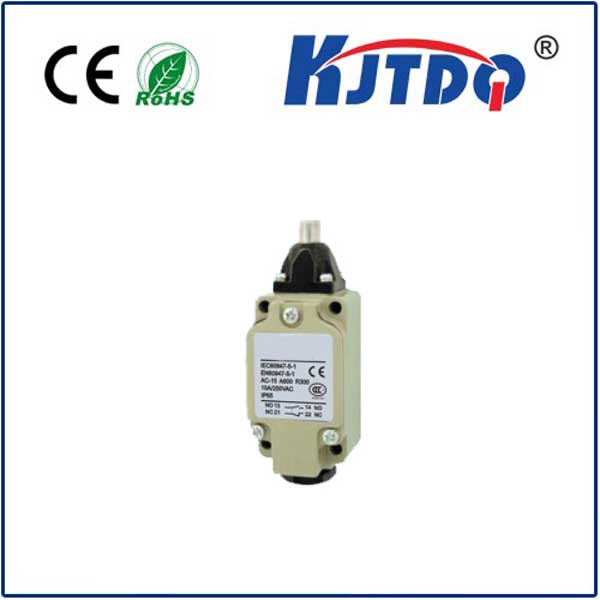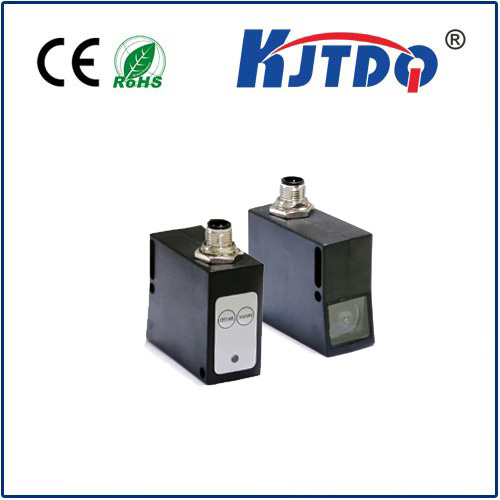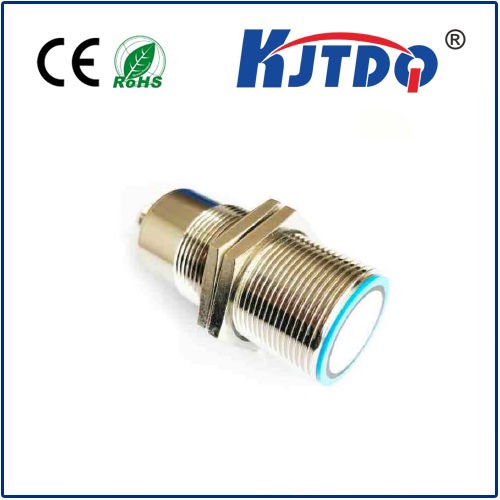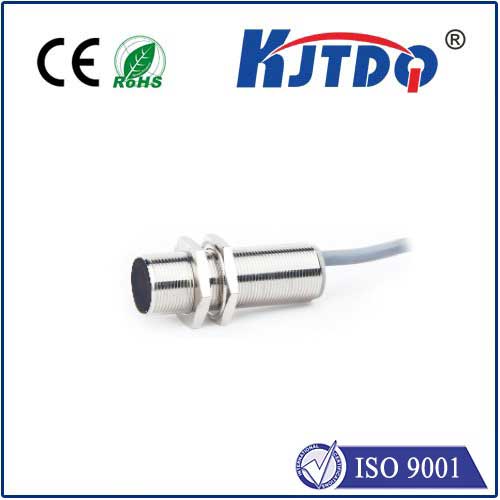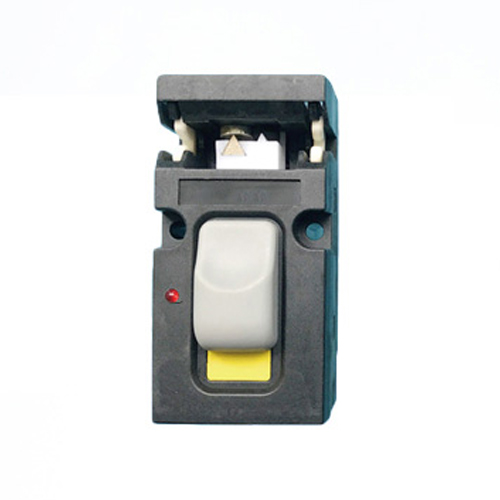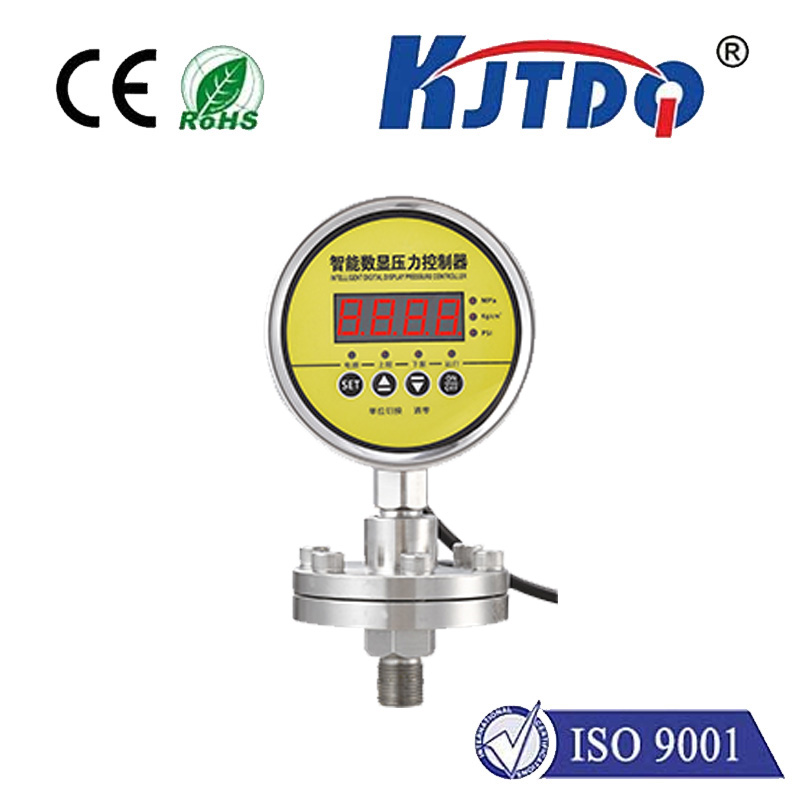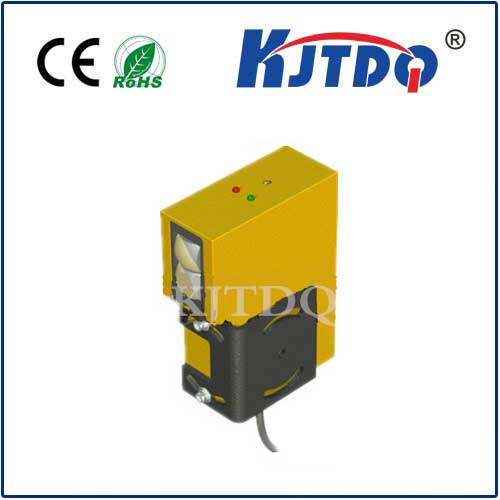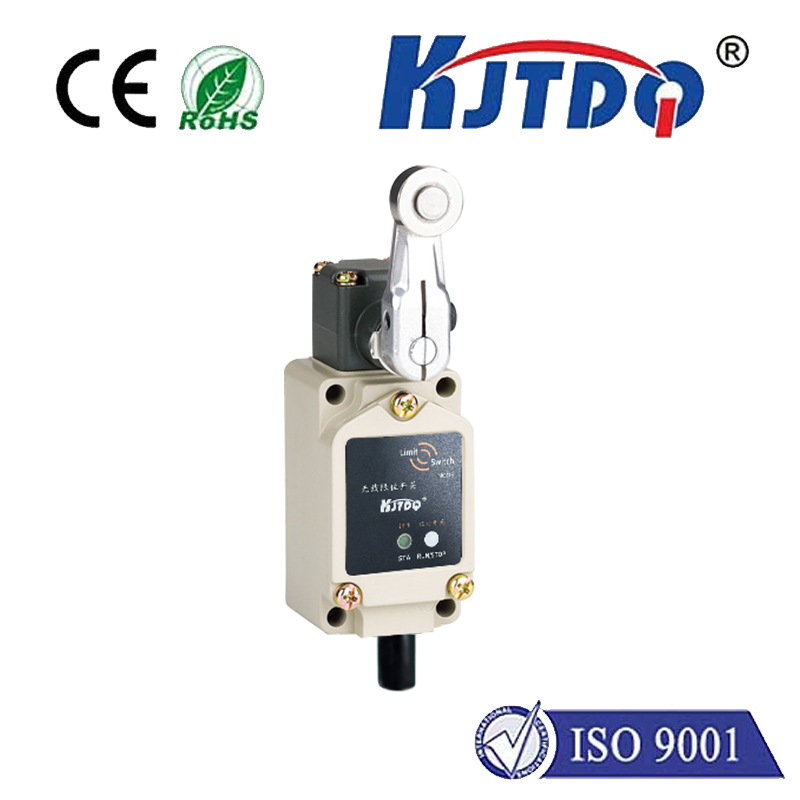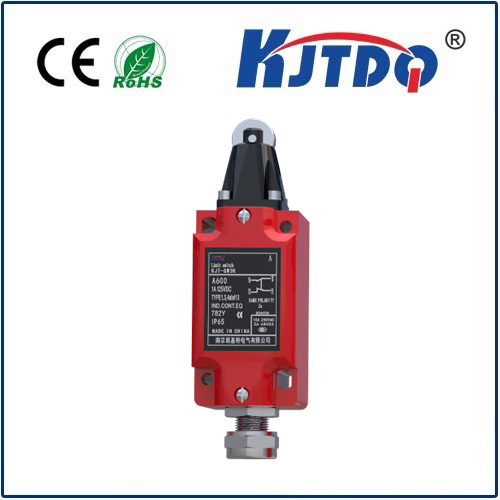датчик положения лазерного луча
- time:2025-08-29 00:15:59
- Нажмите:0
Laser Beam Position Sensors: The Silent Guardians of Precision Alignment and Control
Imagine needing to track the position of a light beam thinner than a human hair, moving at incredible speeds, in environments ranging from sterile labs to gritty factory floors. This isn’t science fiction; it’s the everyday reality solved by the often-overlooked marvels known as Laser Beam Position Sensors (LBPS). These sophisticated devices are the critical eyes enabling countless technologies where pinpoint accuracy and real-time feedback of a laser beam’s location are paramount. This article dives into what LBPS are, how they illuminate the path to precision, and where their unique capabilities are indispensable.
Beyond Just Detection: The Essence of Position Sensing
While simple photodetectors answer the question “Is there light?”, Laser Beam Position Sensors answer the crucial questions: “Where exactly is the beam? How much has it moved?” They provide continuous, high-resolution spatial information about the center point (or centroid) of a laser spot incident on their sensitive surface. This information is typically output as analog voltages or digital signals proportional to the beam’s position along one (1D) or two (2D) axes.
The Core Mission: Why Beam Position Matters
Knowing a laser beam’s precise location is fundamental to numerous applications:

- Alignment and Calibration: Ensuring lasers in optical systems, communication setups, or scientific instruments are perfectly aligned to targets, components, or other beams. Even tiny misalignments can drastically reduce efficiency or cause complete system failure.
- Stability Monitoring: Detecting and compensating for beam drift caused by thermal effects, vibrations, or mechanical instabilities. Continuous position feedback allows for real-time correction, maintaining system performance.
- Vibration Analysis & Control: Measuring minute vibrations in structures by tracking the displacement of a reflected or projected laser beam. LBPS often serve as the sensing element in sophisticated vibration control systems.
- Target Tracking: Following moving objects or surfaces referenced by a laser spot, essential in manufacturing, robotics, and defense.
- Process Control: In applications like laser material processing (cutting, welding, drilling, additive manufacturing), accurate beam positioning on the workpiece is critical for quality and repeatability. LBPS provide the feedback loop enabling this control.
- Angle Measurement: Precisely determining the angle of a surface by tracking the position shift of a reflected beam.
Under the Hood: How Laser Beam Position Sensors Work
The most common and effective technologies powering LBPS include:
- Position Sensitive Devices (PSDs): The cornerstone technology for analog position sensing. A PSD is a single-piece, monolithic photodetector with uniform resistive layers. When a laser spot hits its surface, photocurrents are generated. The relative magnitudes of the currents flowing out of electrodes on the device’s edges are directly proportional to the position of the light spot’s centroid. PSDs offer key advantages:
- High Speed: No scanning or pixel readout delay; position is determined by current ratios instantly.
- High Resolution: Can detect movements down to the sub-micron level.
- Continuous Analogue Output: Provides smooth, real-time positional data.
- Simple Construction & Reliability: Robust solid-state design.
- Large Active Areas: Available in sizes suitable for various beam diameters and ranges.
- Quadrant Photodiodes (QD): These consist of four separate photodiode segments arranged in a quadrant pattern. The position of the beam centroid is calculated by comparing the photocurrents generated in each of the four segments. While offering good resolution and speed, they:
- Require the beam to be centered on the crossing point initially.
- Lose linearity and accuracy as the beam moves towards the edges between segments.
- Are typically used where high resolution at the very center is critical, but large linear range isn’t the primary need.
- CMOS/CCD Array Sensors: These pixelated sensors work by imaging the laser spot onto the array and calculating its centroid position based on the illuminated pixels. They offer:
- Ability to handle complex beam profiles or multiple spots.
- Digital output integration.
- However, they are generally slower than PSDs due to pixel readout times and often have lower resolution and dynamic range in pure position sensing applications compared to high-end PSDs.
Key Parameters Defining Performance
Selecting the right LBPS hinges on understanding critical specifications:
- Sensing Range: The linear distance over which the sensor provides accurate position data (e.g., ±5mm, ±20mm).
- Resolution: The smallest detectable change in beam position (often sub-micron for PSDs).
- Linearity: How accurately the output voltage corresponds to the actual beam position across the sensing range. High linearity is crucial for precision applications.
- Response Time / Bandwidth: How quickly the sensor responds to beam movement (critical for dynamic tracking and stability loops).
- Spectral Response: The range of wavelengths (e.g., visible, near-infrared) the sensor is sensitive to.
- Active Area Size: Must be larger than the expected laser spot diameter, including potential movement range.
- Output Signal: Analog voltages (X-out, Y-out) or digital interfaces.
Where Precision Takes Center Stage: Applications Galore
The unique capabilities of Laser Beam Position Sensors make them vital across diverse industries:
- Optics & Photonics Research: Alignment of complex interferometers, laser cavities, and beamlines; stability monitoring in high-precision experiments.
- Industrial Automation & Manufacturing: Real-time feedback for laser cutting/welding/drilling head positioning; robotic arm guidance; precision stage alignment; vibration monitoring on machine tools.
- Semiconductor Manufacturing: Critical mask alignment in lithography systems; wafer stage positioning and vibration control. Nanometer-level stability demands LBPS precision.
- Medical & Biotech: Laser surgery guidance systems; cell manipulation; diagnostic equipment alignment.
- Воздушно - космические и Оборона: Vibration analysis of turbines and structures; target designation and tracking systems; inertial navigation component testing.
- Physics & Astronomy: Gravitational wave detector mirror alignment; telescope pointing and stabilization.
- Consumer Electronics: Used internally for calibration and alignment in some advanced manufacturing processes for displays and components.
Choosing the Right Sensor: Considerations
Deciding between PSDs, QDs, or arrays requires asking:
- Need for Speed? For high-bandwidth applications (kHz range and above), PSDs are usually the best choice.
- Resolution & Linearity Required? High-performance PSDs excel here across large ranges. QDs offer high center resolution but limited linear range.
- Beam Profile? Simple Gaussian profiles work well with PSDs/QDs. Complex or distorted beam shapes might require an array sensor.
- Analog vs. Digital? PSDs inherently provide analog outputs; arrays provide digital. Analog is often faster, digital easier to integrate into some systems.
- Environmental Conditions? Consider temperature stability, ruggedness, and resistance to ambient light interference.
Invisible Linchpins of Modern Technology
From ensuring a laser scalpel hits its exact mark to guaranteeing the nanometer-scale precision required for manufacturing the next generation of computer chips, Laser Beam Position Sensors operate largely unseen. By converting the spatial information of a laser beam into precise electronic signals, they provide the essential feedback loop for stability, alignment, and control in a vast array of critical applications. Understanding their principles and capabilities is key to unlocking new levels of precision in engineering and scientific endeavors where the position of light itself is the ultimate guide. Whether utilizing the elegant simplicity of a Position Sensitive Device (PSD) or leveraging advanced pixelated arrays, these sensors remain fundamental tools for mastering the power and precision of light.

